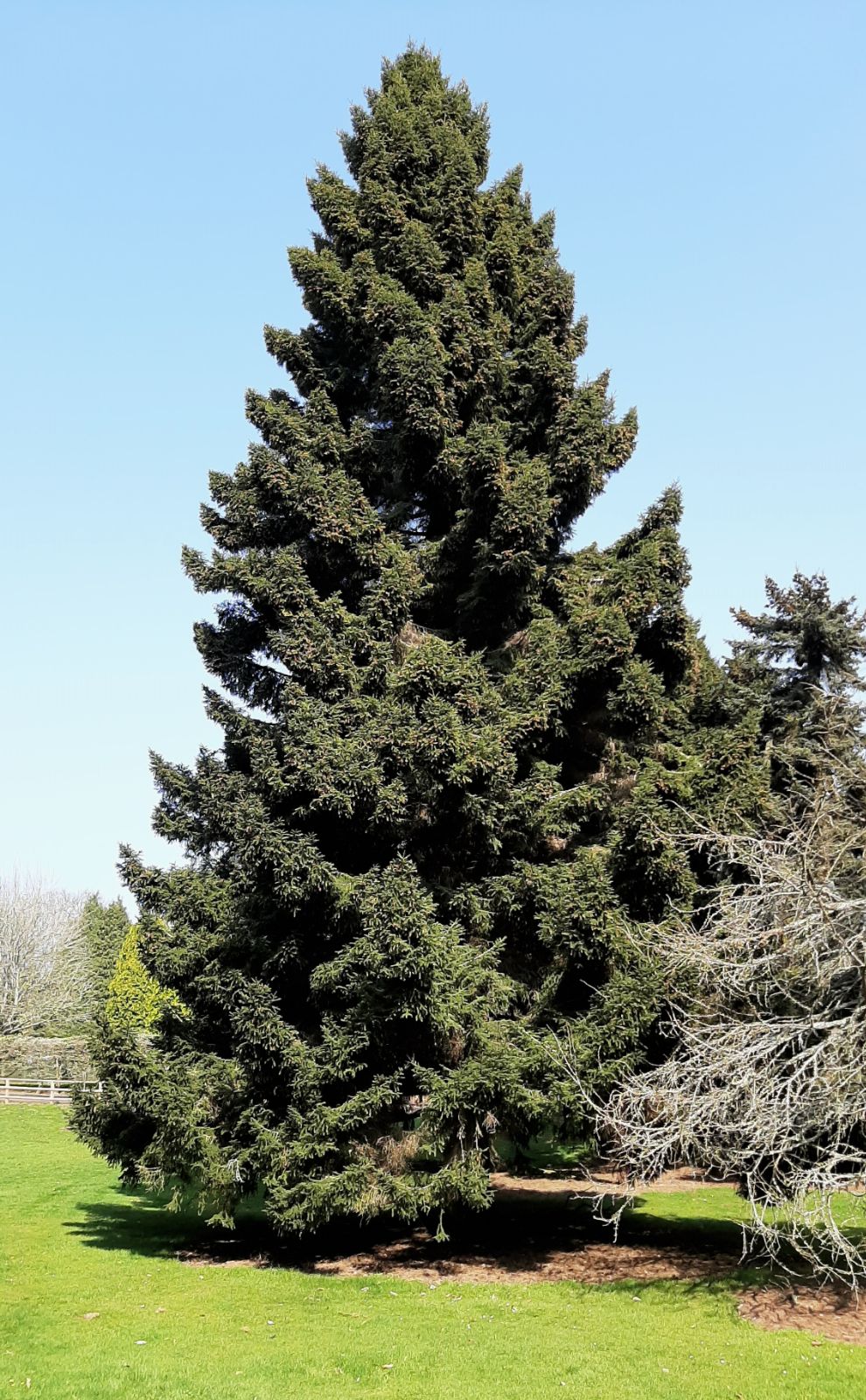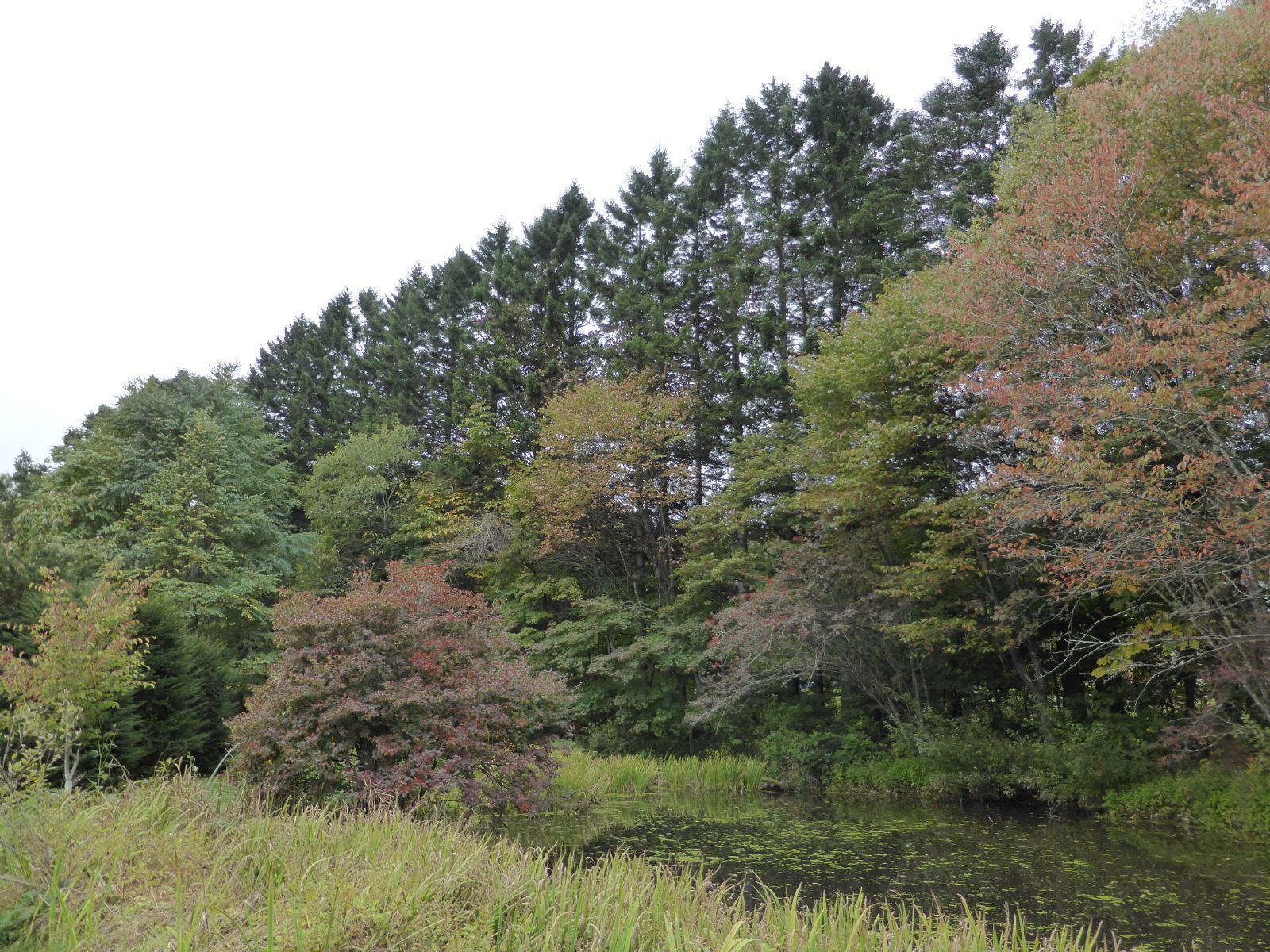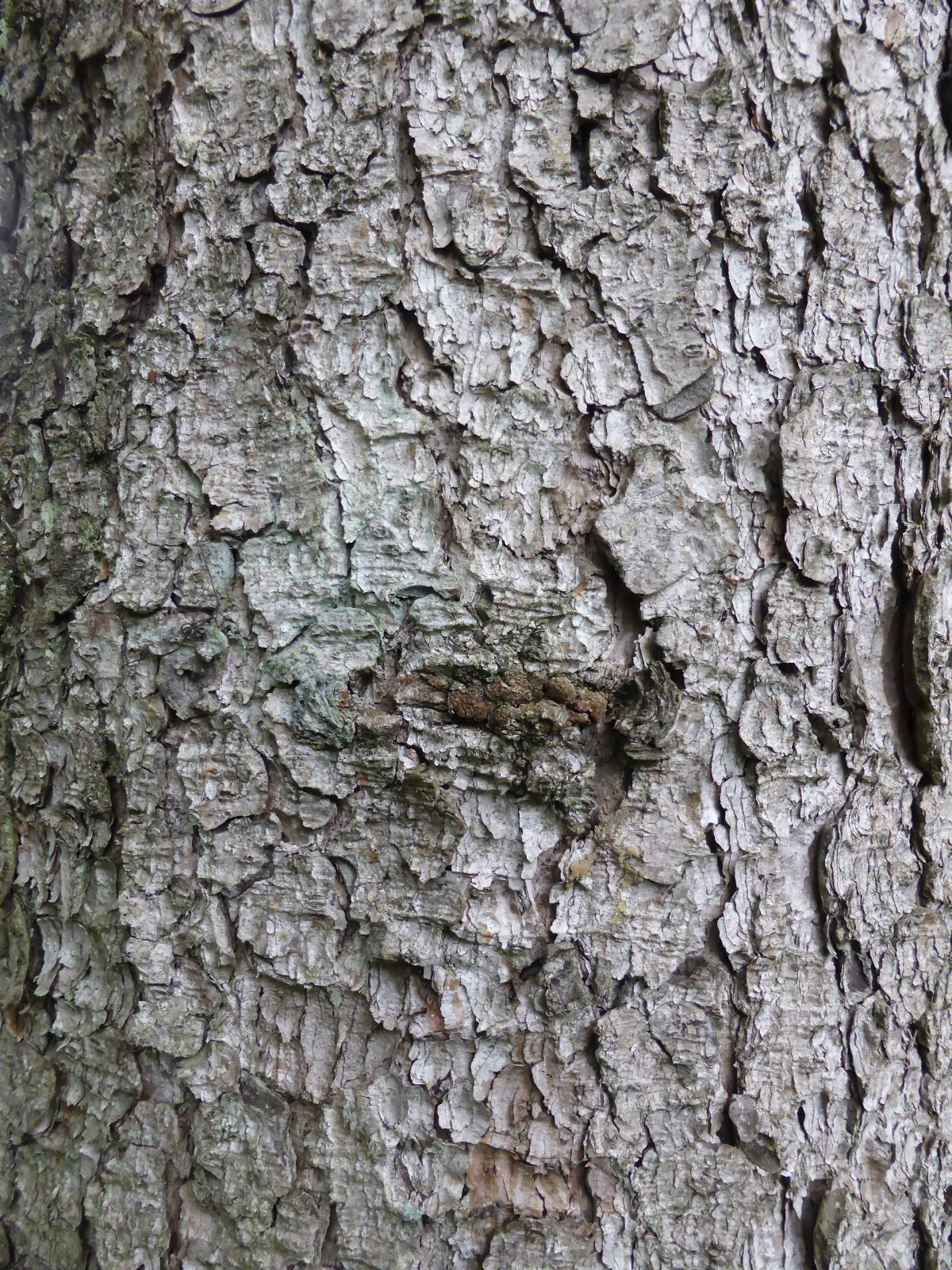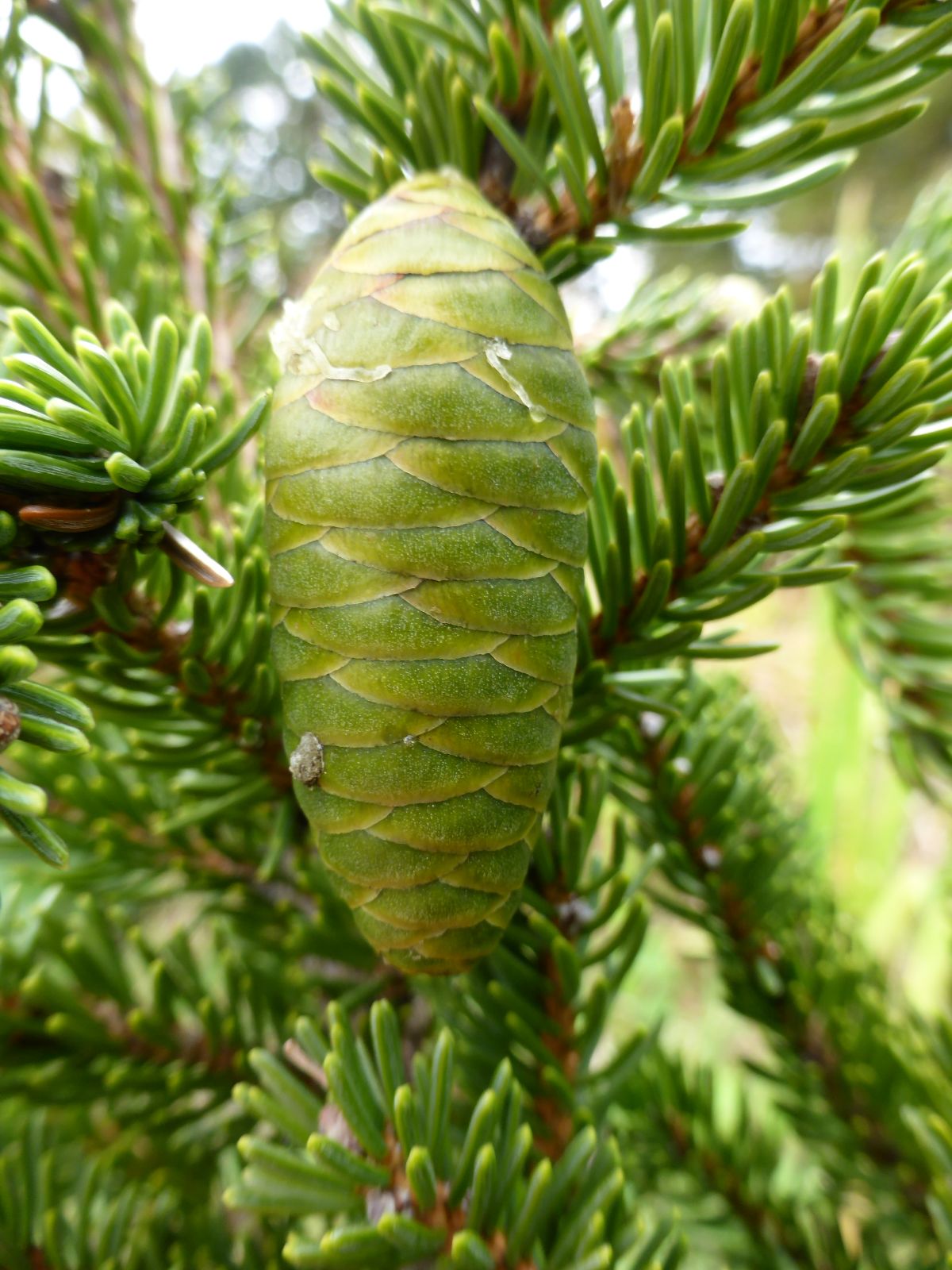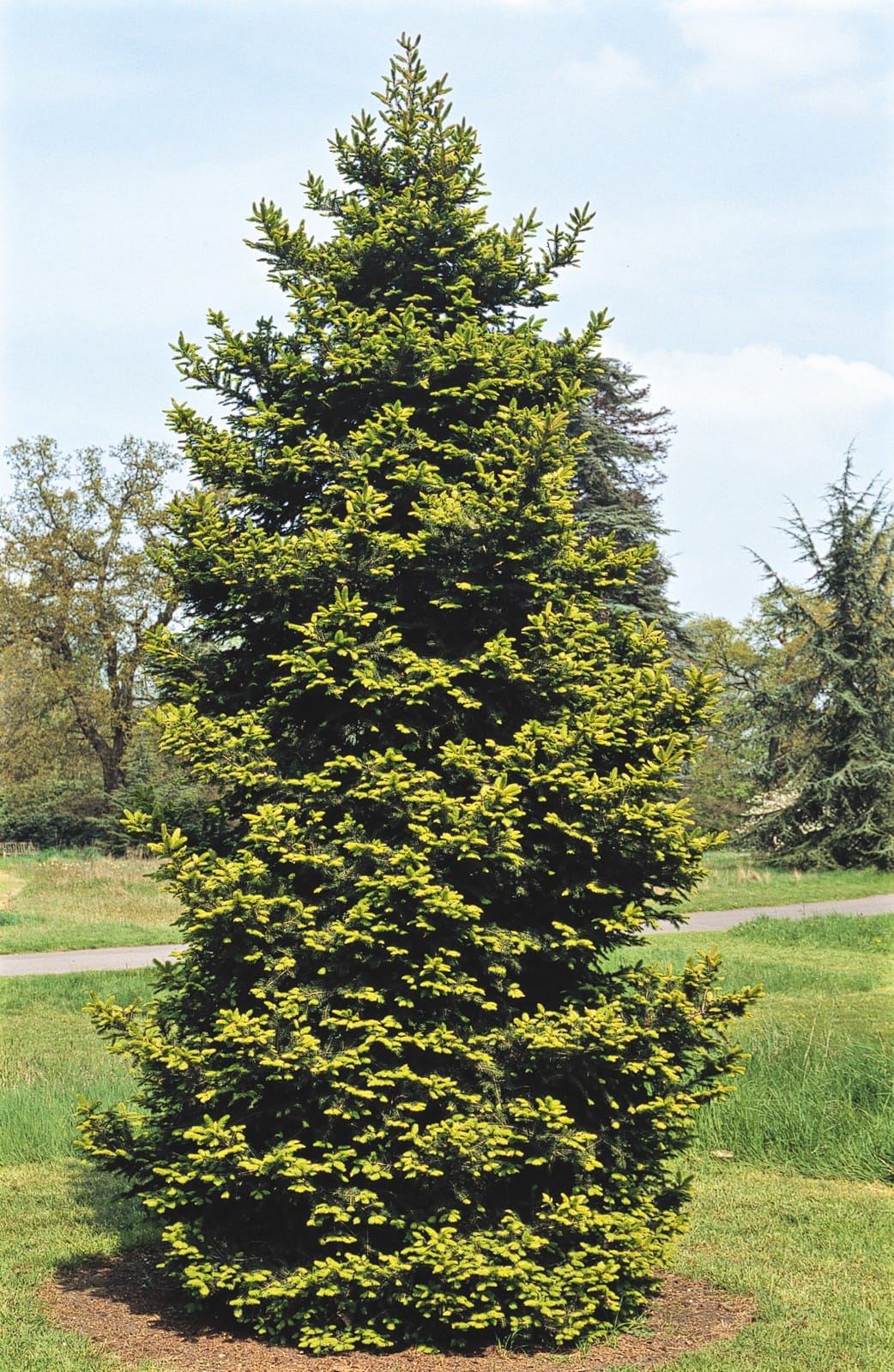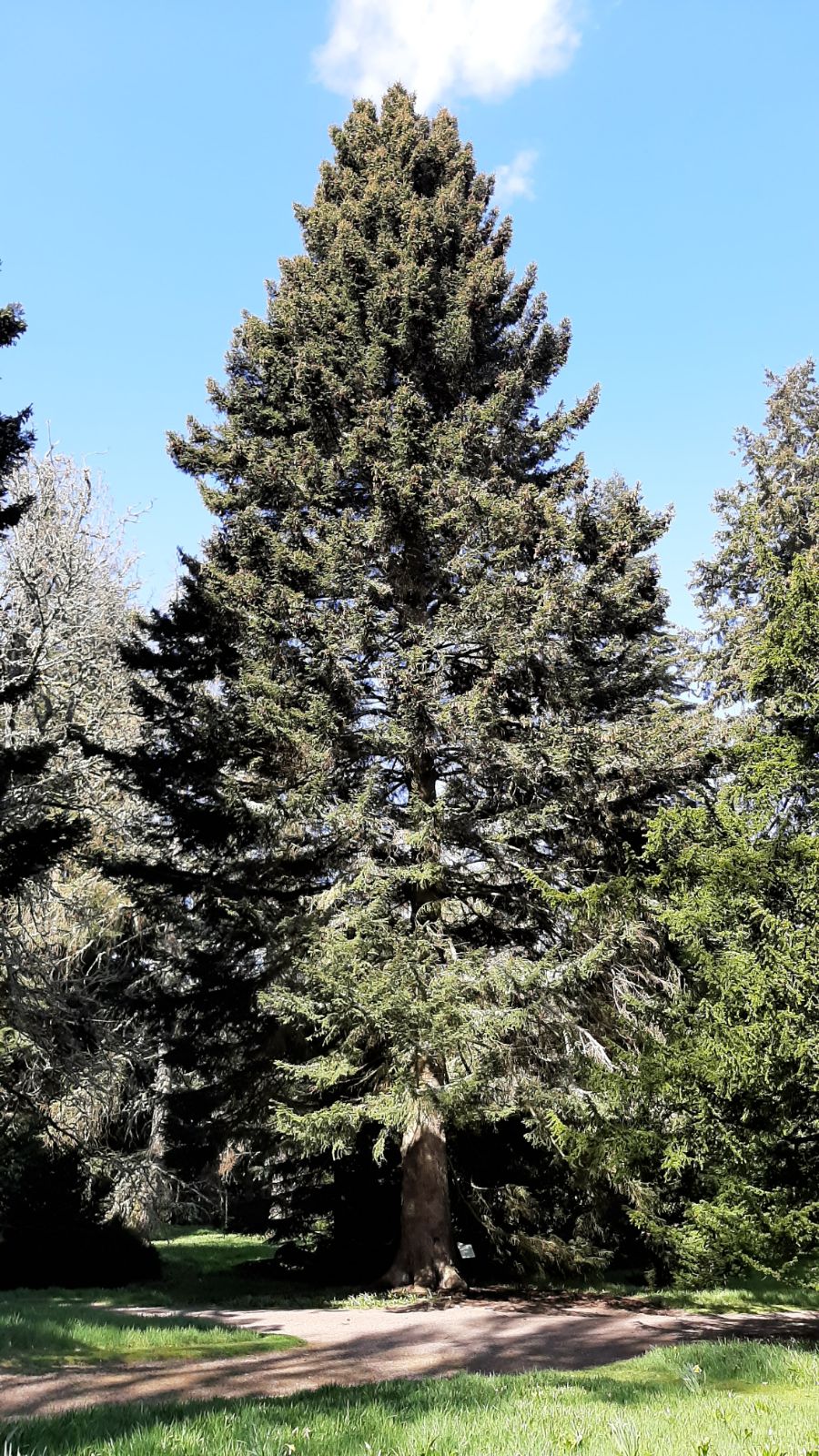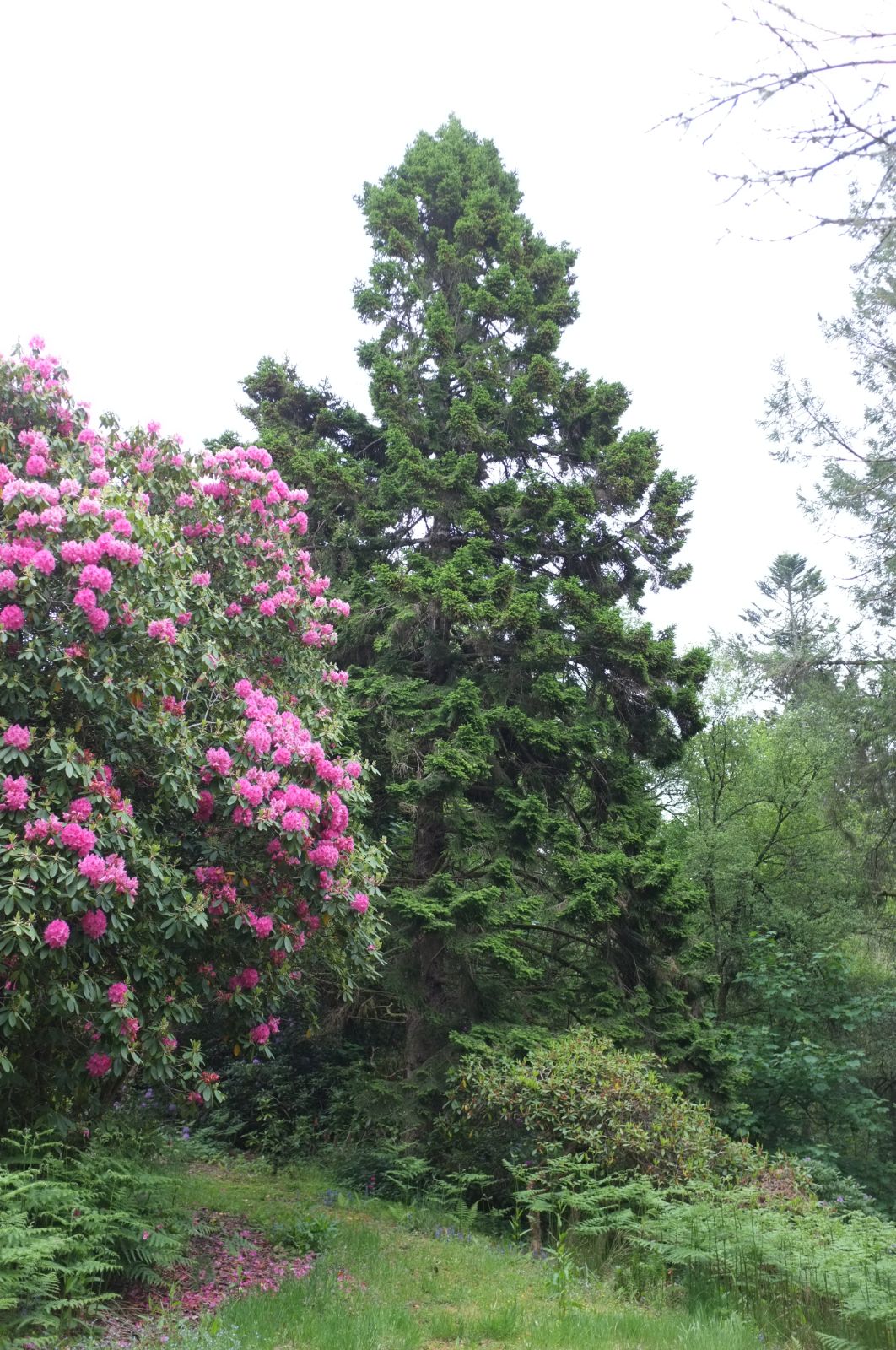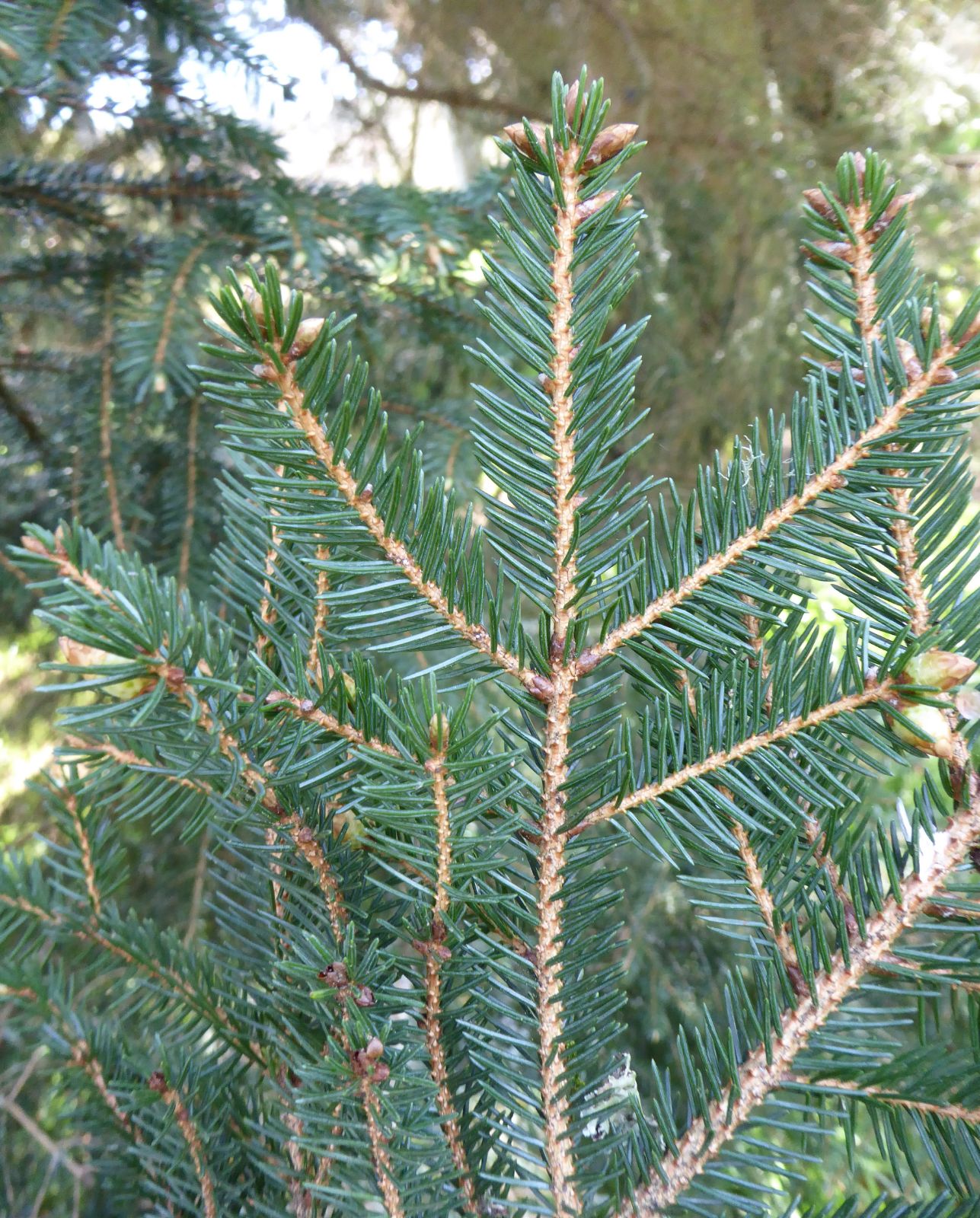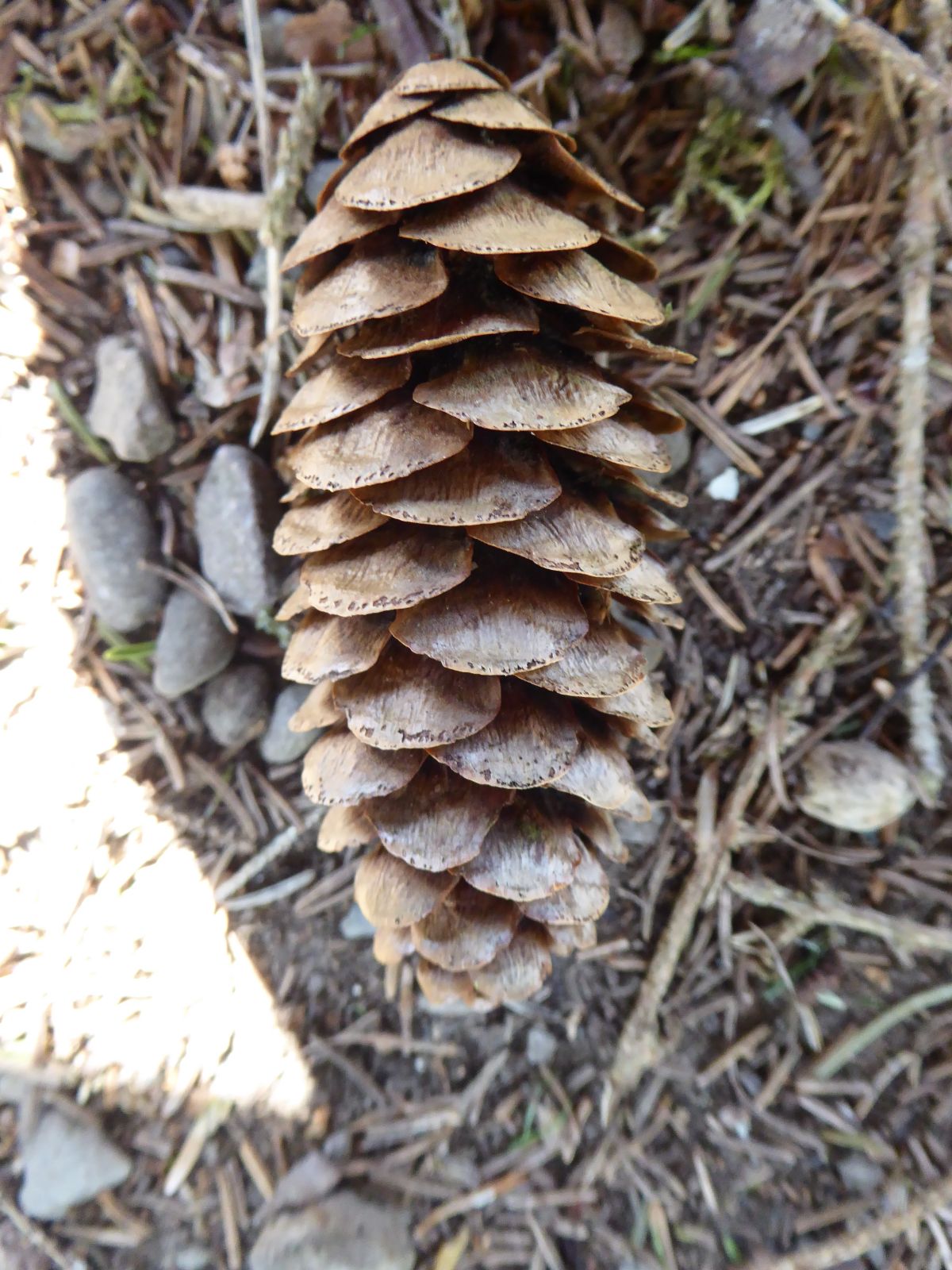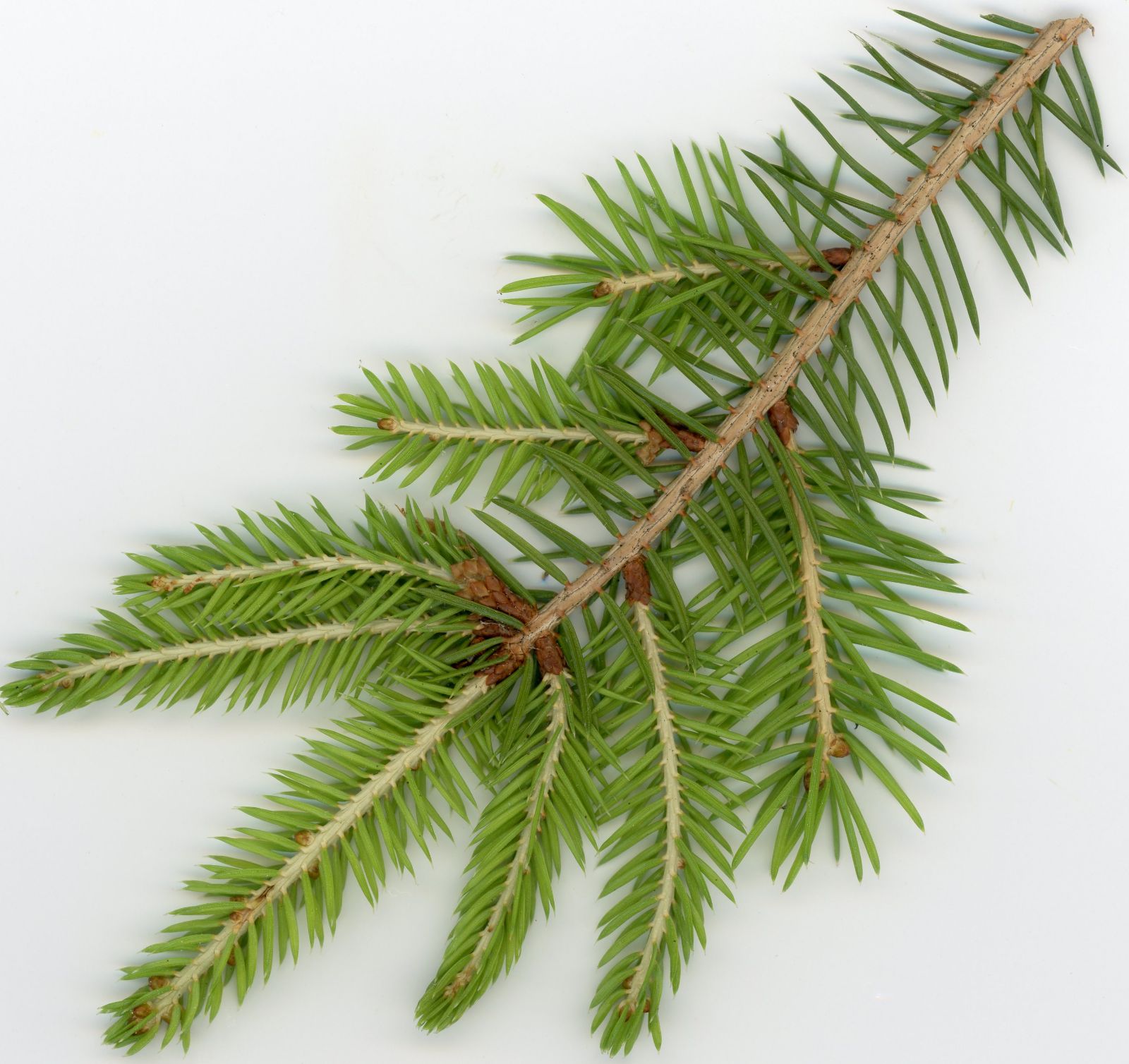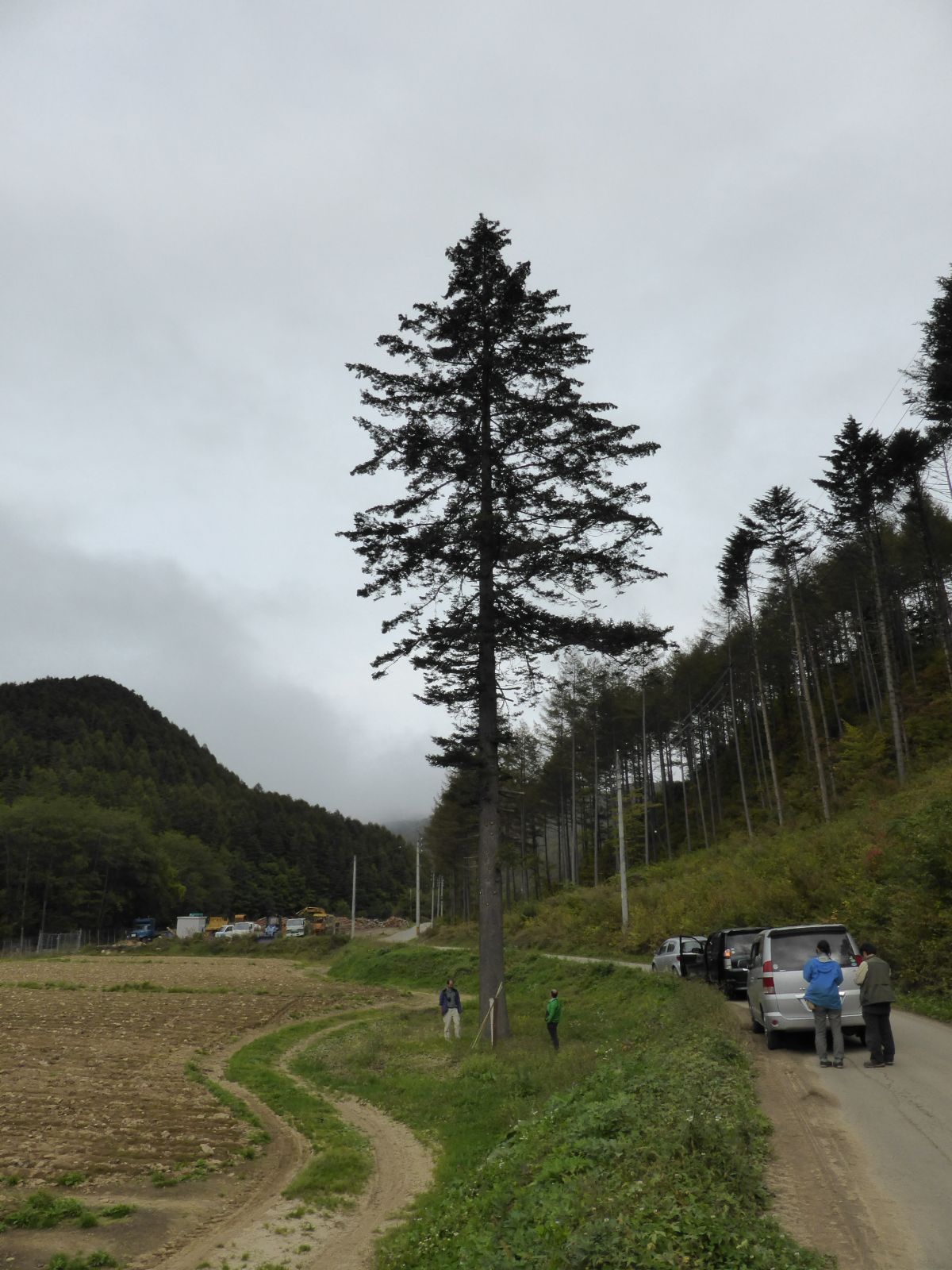Picea maximowiczii
Sponsor
Kindly sponsored by
This genus has been sponsored and new text is being prepared.
Credits
Article from Bean's Trees and Shrubs Hardy in the British Isles
Article from New Trees by John Grimshaw & Ross Bayton
Recommended citation
'Picea maximowiczii' from the website Trees and Shrubs Online (treesandshrubsonline.
Genus
Synonyms
- P. obovata var. japonica (Maxim.) Beissn.
- Abies obovata var. japonica Maxim.
Infraspecifics
Other taxa in genus
- Picea abies
- Picea alcoquiana
- Picea asperata
- Picea brachytyla
- Picea breweriana
- Picea chihuahuana
- Picea crassifolia
- Picea engelmannii
- Picea farreri
- Picea glauca
- Picea glehnii
- Picea jezoensis
- Picea koraiensis
- Picea koyamae
- Picea likiangensis
- Picea linzhiensis
- Picea × lutzii
- Picea mariana
- Picea martinezii
- Picea meyeri
- Picea morrisonicola
- Picea obovata
- Picea omorika
- Picea orientalis
- Picea polita
- Picea pungens
- Picea retroflexa
- Picea rubens
- Picea schrenkiana
- Picea sitchensis
- Picea smithiana
- Picea spinulosa
- Picea wilsonii
The leading characters of this little-known spruce appear to be: young branchlets glabrous, reddish brown; buds ovoid, acute, resinous, about 3⁄16 in. long; leaves 3⁄8 to 1⁄2 in. long, four-angled, concolorous, rigid, pungent, arranged radially round the shoot as in P. polita. Cones up to 2 in. long, with scales rounded and entire at the apex.
P. maximowiczii was described by Masters in 1880 from a small, stunted bush at Kew, raised from seeds distributed by Regel from St Petersburg in 1865. Plants from the same batch throve better in some continental collections, but grew slowly. The original seeds were collected in Japan by Tschonoski and came either from Fujiyama or from Shinano province (there are coning specimens in the Kew Herbarium from both localities, gathered by Tschonoski). No spruce resembling P. maximowiczii has since been found on Fujiyama, but in 1911 what is supposed to be this species was found by Koyama on Yatsugadake, near the borders between Shinano and Kai provinces. According to Wilson, who saw the stand a few years later, adult trees bear a strong resemblance to P. polita, but really large specimens were rare and mostly confined to temple gardens. He said it was fairly common, however, as a small, bushy, densely branched tree, growing on open moorland between 4,000 and 5,500 ft, and scattered in mixed woods, where it attains 65 ft. Adult trees have a thick, deeply fissured bark.
If the radial arrangement of the leaves is a permanent character of this species, it is doubtful if it is any longer in cultivation in this country. But some authorities consider it to be a juvenile phase, or a characteristic of plants growing at high altitudes. Beissner, for example, considered P. maximowiczii to be nothing but a subalpine variety of P. obovata. A tree at Nymans in Sussex, planted as P. maximowiczii, bears some resemblance to P. obovata, and is of very dense habit. On the other hand, a vigorous tree at Borde Hill in Sussex, believed to have been planted as P. maximowiczii, and said to resemble what is grown under that name in Germany, seems to be near to P. rubens or P. glehnii, and could be a hybrid.
From the Supplement (Vol. V)
The tree at Nymans, Sussex, mentioned on page 190, measures 72 × 5 ft (1985) and a similar tree at Birr Castle, Co. Offaly, is 95 × 51⁄2 ft (1985).
From New Trees
Picea maximowiczii Regel ex Mast.
Japanese Bush Spruce
Tree to 25 m, 0.5–0.6 m dbh, often a low shrub. Bark bright orange-brown, smooth then flaking in young trees, becoming grey-brown, rough, scaly and fissured in older trees. Crown conical or columnar, dense. Branchlets slender, rigid, yellowish brown or orange-brown, glabrous or slightly pubescent, pulvini small, slightly darker than the shoot; vegetative buds not or slightly resinous. Leaves spreading forwards, dark, shiny green, rhombic in cross-section, (0.8–)1–1.3(–1.6) × 0.1–0.14 cm, apex acute and rather sharp. Male strobili 1–1.5 cm long, numerous, yellowish. Cones terminal, short-pedunculate, ovoid-oblong or cylindrical, (3.5–)4–6.5(–9) × 2.5–3.5 cm, green, light red-brown or dull brown when mature. Seed scales obovate-cuneate, 1.3–1.8 × 1–1.5 cm, often resinous, upper margins rounded, entire or erose. Seeds dark brown or grey-brown, ovoid-oblong, 0.3–0.45 × 0.25–0.3 cm, wings yellowish brown or orange-brown, ovate-oblong, 0.8–1 × 0.4–0.5 cm. Farjon 1990. Distribution JAPAN: Honshu (Fuji-san and Yatsugadake Mts.). Habitat Mountain slopes between 1100 and 2000 m asl. USDA Hardiness Zone 7. Conservation status Vulnerable. Illustration Farjon 1990; NT576. Cross-references B190, S366, K196.
Bean (1976b) gave a brief description of Picea maximowiczii followed by a discussion as to whether the true species was currently in cultivation in the United Kingdom. This is now confirmed, with TROBI having records of about 20 specimens, of which the tallest is at Westonbirt (24 m, 64 cm dbh in 2002, planted in 1935) (Johnson 2003). A few more recent introductions have been made, including a 6 m tree at Kew originating in Honshu, donated by Atushi Kuyama in 1981. It has an upright, somewhat columnar shape, and when observed in April 2005 the particularly attractive bright green spring flush contrasted well with the dark green mature leaves.
var. senanensis Hayashi
This variety has shorter leaves than the type (0.6–1.5 cm, vs. 1–1.3 cm in var. maximowiczii) and smaller cones (2.5–4.5 cm long, vs. 4–6.5 cm). The cones have smaller seed scales, which are slightly pointed, and smaller seeds (0.25–0.3 × 0.15–0.2 cm). Farjon 1990. Distribution JAPAN: Honshu (Fuji-san and Yatsugadake Mts.). Habitat As for the type variety. USDA Hardiness Zone 7. Conservation status Vulnerable. Illustration Farjon 1990.
Picea maximowiczii var. senanensis was introduced to the Royal Botanic Garden Edinburgh as seed from a collection made in Nagano Prefecture, Honshu in 1976. A tree from this source grows at Dawyck, and there are two at Wakehurst Place, although the curation notes for one of these record Aljos Farjon’s opinion that the leaves are too long to be of this variety.

